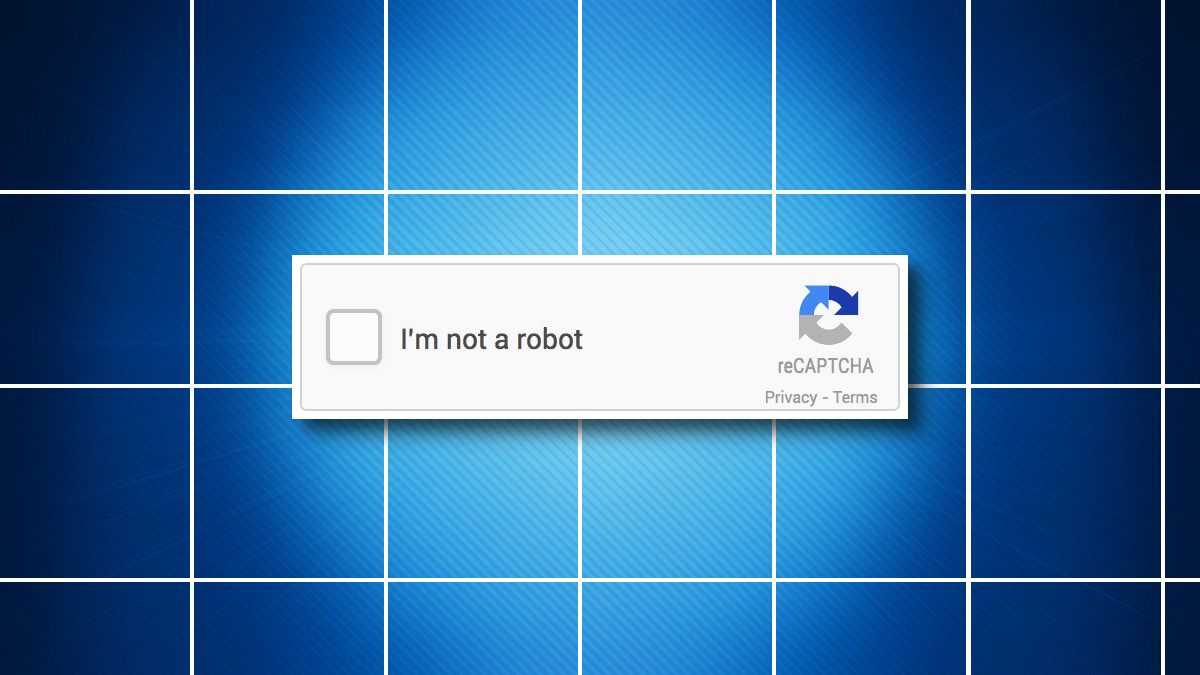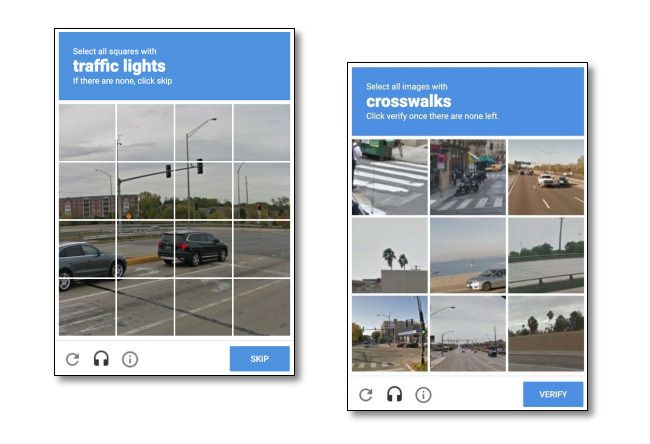Just another day of being a human: You're entering information into a website, and it makes you check a box that says "I'm not a robot." Then you have to pass a visual test. Why is that? We'll explain.
Keeping Bots at Bay
One of the side effects of running human society through computers is that many systems become easy to mindlessly automate. That opens the door for exploitation by automated programs called "bots," short for "robots."
Bots can cause all kinds of trouble online. To prevent that, computer researchers in the 1990s invented a technique called CAPTCHA ("Completely Automated Public Turing test to tell Computers and Humans Apart") to screen bots from entering information into websites.
There are many situations when website owners want to make sure a real human is entering information into a site. For example: When making or logging into accounts (to prevent fraud or hacking), when posting comments (to prevent spam), and when buying products or tickets (to prevent scalping)---just to name a few.
And that's why you have to prove you're not a robot.
Why the Vision Puzzle?
CAPTCHAs originated as images with letters, numbers, or words written in wiggly fonts, often obscured with lines or noise in a way that could foil computer vision algorithms. Since 2007, a project called reCAPTCHA began using its CAPTCHA test as a way to perform meaningful tasks, such as digitizing books and training machine learning algorithms---and asking you to check "I'm not a robot."
In 2009, Google acquired reCAPTCHA and began using the platform to decode Google Street View addresses, extracting a few seconds of labor from every person who has ever had to solve the challenge. (Someone even attempted to sue Google over this in 2015. The lawsuit was dismissed.)
Today, when you solve a reCAPTCHA challenge, you are helping Google train its AI machine learning models by pointing out objects in various photos that computers might otherwise have trouble recognizing. So ironically, by screening out bots, you're actually helping to make them better at image recognition tasks needed for defeating CAPTCHAS in the future.
And by pointing out all those crosswalks, stoplights, and bridges, you might be helping to train an upcoming generation of self-driving cars---although as of 2019, Google claimed reCAPTCHA data is not being used in that way at the present time.
But What if I Actually Am a Robot?
If you actually are a robot, then we sincerely apologize for assuming your status as a human. Luckily, if you're smart enough to read and understand this article, you're probably smart enough to pass a CAPTCHA test. In that case, warm greetings to sentient AI!


